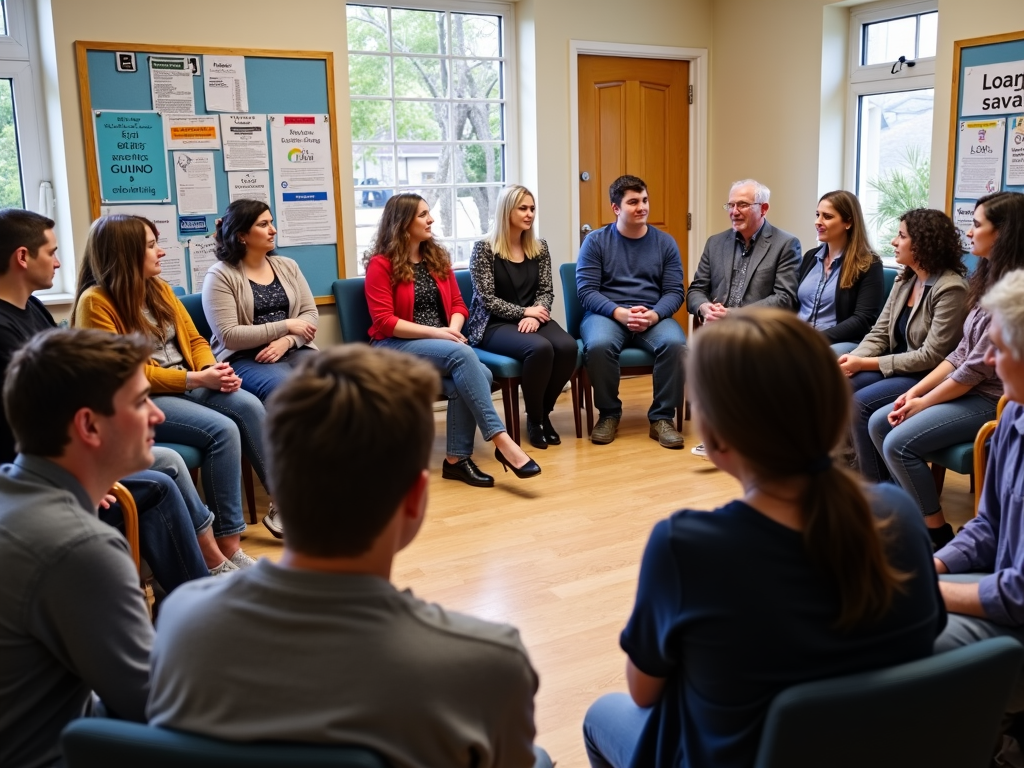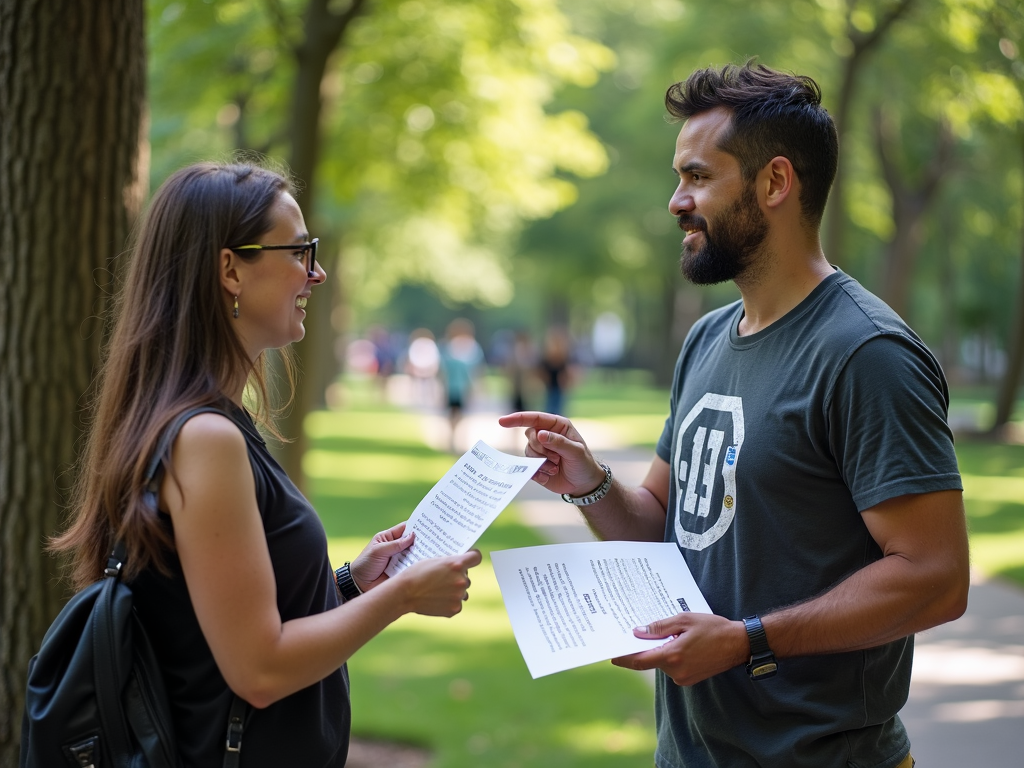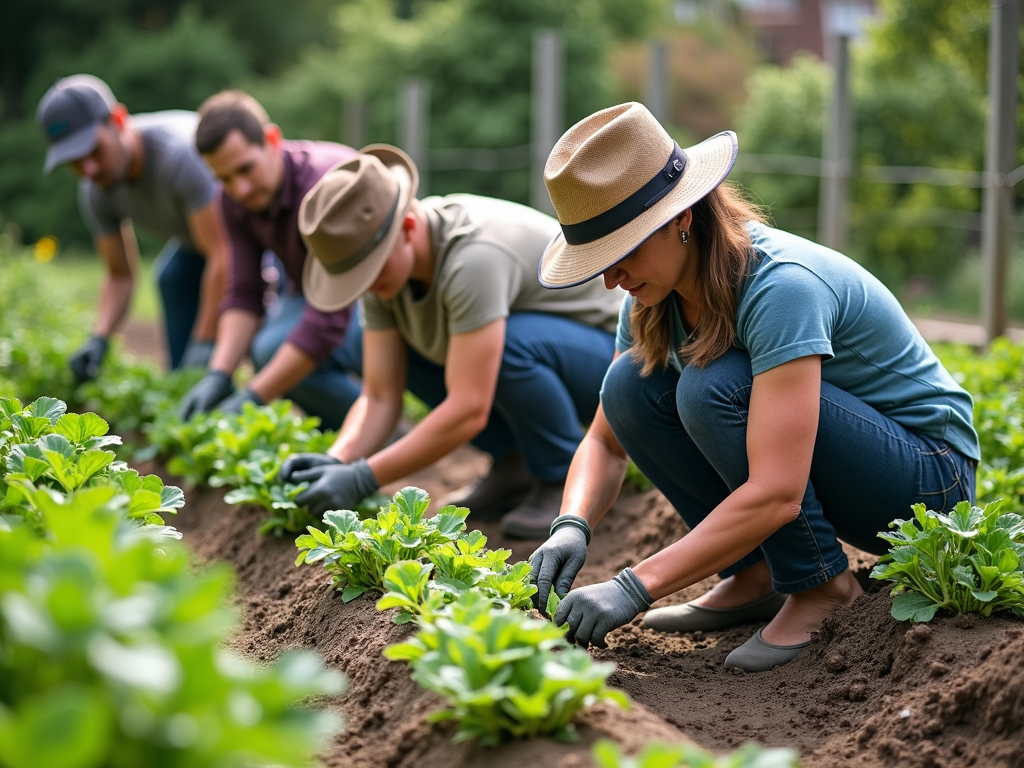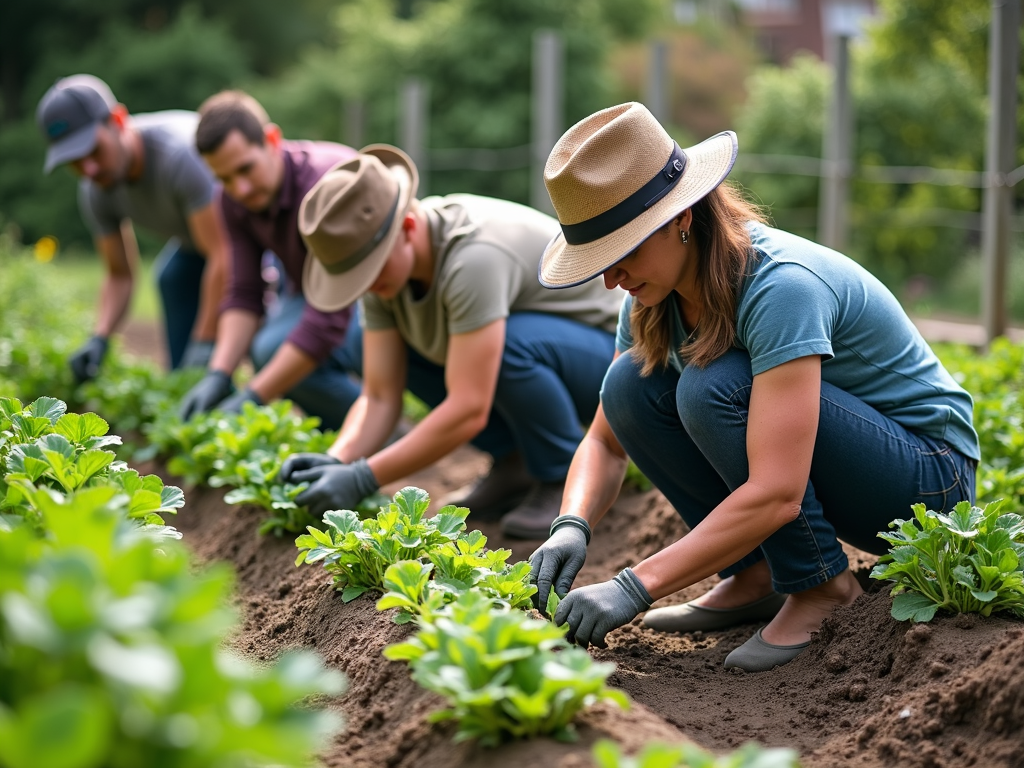The Power of Community Advocacy
By , April 24, 2025
Community advocacy is a powerful force for change. It involves individuals and groups working together to influence decisions that affect their lives and the well-being of their communities. Whether it's fighting for better public services, protecting the environment, or advocating for social justice, community advocacy empowers people to make their voices heard.
At the heart of many advocacy efforts are volunteers—dedicated individuals who give their time and energy to causes they believe in. These volunteers are often the driving force behind successful campaigns, bringing passion, local knowledge, and a deep commitment to their work.
In this article, we'll explore the transformative power of community advocacy through the lens of volunteer-driven success stories. We'll also provide practical tips for getting involved and discuss the broader impact of advocacy on communities.

The Role of Volunteers in Advocacy
Volunteers play a crucial role in community advocacy. They are often the ones on the front lines, organizing events, conducting research, and mobilizing support. Their contributions can take many forms, from grassroots organizing to providing expert testimony at public hearings.
One of the key strengths of volunteers is their ability to connect with the community on a personal level. Because they are often members of the community themselves, they understand the issues firsthand and can speak authentically about the needs and concerns of their neighbors.
Moreover, volunteers bring a diversity of skills and perspectives to advocacy efforts. Whether it's legal expertise, marketing savvy, or simply a willingness to knock on doors, each volunteer contributes in their own unique way.

Success Stories of Advocacy Volunteers
To illustrate the power of community advocacy, let's look at two inspiring success stories.
Story 1: Improving Public Transportation in [City Name]
In [City Name], residents were frustrated with the state of public transportation. Buses were overcrowded, routes were inefficient, and schedules were unreliable. A group of concerned citizens, many of whom were daily commuters, decided to take action.
They formed a volunteer advocacy group and began gathering data on the problems with the current system. They surveyed riders, documented delays, and researched best practices from other cities. Armed with this information, they launched a campaign to pressure the local government to invest in improvements.
Through a combination of petitions, public meetings, and media outreach, the group successfully raised awareness about the issue. Their efforts culminated in a series of town hall meetings where they presented their findings and proposed solutions.
Ultimately, the city council allocated funds for new buses, updated routes, and improved scheduling software. The changes led to a significant improvement in the quality and reliability of public transportation, benefiting thousands of residents.
This success story highlights how volunteer-led advocacy can lead to tangible improvements in community services.
Story 2: Addressing Food Insecurity in [Community Name]
In [Community Name], a rural area with limited access to fresh food, a group of volunteers came together to tackle the issue of food insecurity. Many families in the community struggled to afford nutritious meals, and the nearest grocery store was miles away.
The volunteers partnered with local farmers and businesses to establish a community garden and food bank. They secured donations of seeds, tools, and other resources, and recruited community members to help tend the garden.
Over time, the garden flourished, providing a steady supply of fresh produce to the food bank. The volunteers also organized educational workshops on nutrition and sustainable farming practices.
The impact was profound: families had access to healthier food options, and the community became more self-sufficient. The project also fostered a sense of pride and collaboration among residents.
This example demonstrates how community advocacy can address critical needs and build stronger, more resilient communities.

How to Get Involved in Advocacy
If these stories inspire you, you might be wondering how to get involved in advocacy yourself. Here are some steps to help you start:
-
Identify a Cause: Think about the issues that matter most to you. It could be something local, like improving a park, or broader, like climate change.
-
Research: Learn about the issue and existing efforts to address it. Look for organizations or groups already working on the cause.
-
Connect: Reach out to these groups to see how you can help. If there's no existing group, consider starting one.
-
Volunteer: Offer your time and skills. This could involve anything from administrative tasks to public speaking.
-
Spread the Word: Use your networks to raise awareness. Share information on social media, talk to friends and family, and attend community events.
Remember, advocacy is most effective when it's collaborative. Working with others amplifies your impact and brings diverse perspectives to the table.
For more tips on becoming an effective advocate, check out this guide from the National Council of Nonprofits.

Challenges and Solutions in Advocacy
While advocacy can be rewarding, it's not without challenges. Here are some common obstacles and strategies to overcome them:
-
Limited Resources: Advocacy often requires time, money, and manpower. To address this, seek partnerships with businesses or apply for grants. Crowdfunding can also be an option.
-
Resistance from Decision-Makers: Sometimes, those in power may be reluctant to change. Build a strong evidence base for your cause and engage in constructive dialogue. Persistence is key.
-
Burnout: Advocacy can be emotionally and physically draining. Set realistic goals, delegate tasks, and take time for self-care.
By anticipating these challenges and planning accordingly, you can increase your chances of success.

The Impact of Advocacy on Communities
Successful advocacy can have far-reaching effects. Beyond solving immediate problems, it can:
-
Empower Communities: Advocacy gives people a voice and a sense of agency.
-
Foster Civic Engagement: It encourages people to participate in democratic processes.
-
Create Systemic Change: Advocacy can lead to policy reforms that benefit entire populations.
For instance, the public transportation campaign in [City Name] not only improved bus services but also led to the creation of a permanent transportation committee, ensuring ongoing community input.
Similarly, the community garden project in [Community Name] not only provided food but also strengthened community bonds and promoted sustainability.
These examples show that advocacy can be a catalyst for broader positive change.

Conclusion
Community advocacy is a testament to the power of collective action. Through the dedication of volunteers and the strength of community spirit, real change is possible. Whether you're inspired by the success stories shared here or motivated by issues in your own backyard, remember that your voice matters. By getting involved in advocacy, you can help shape a better future for your community and beyond.